They shop, therefore they are: storefront images tell a tale of retail
“I shop therefore I am.” In 1987, American artist Barbara Kruger paired the phrase with an image of a woman’s hand and a credit card to question the country’s obsession with consumerism. Today, the concept has gone global—without a hint of Kruger’s irony. In fact, the image adorns shopping bags worldwide.
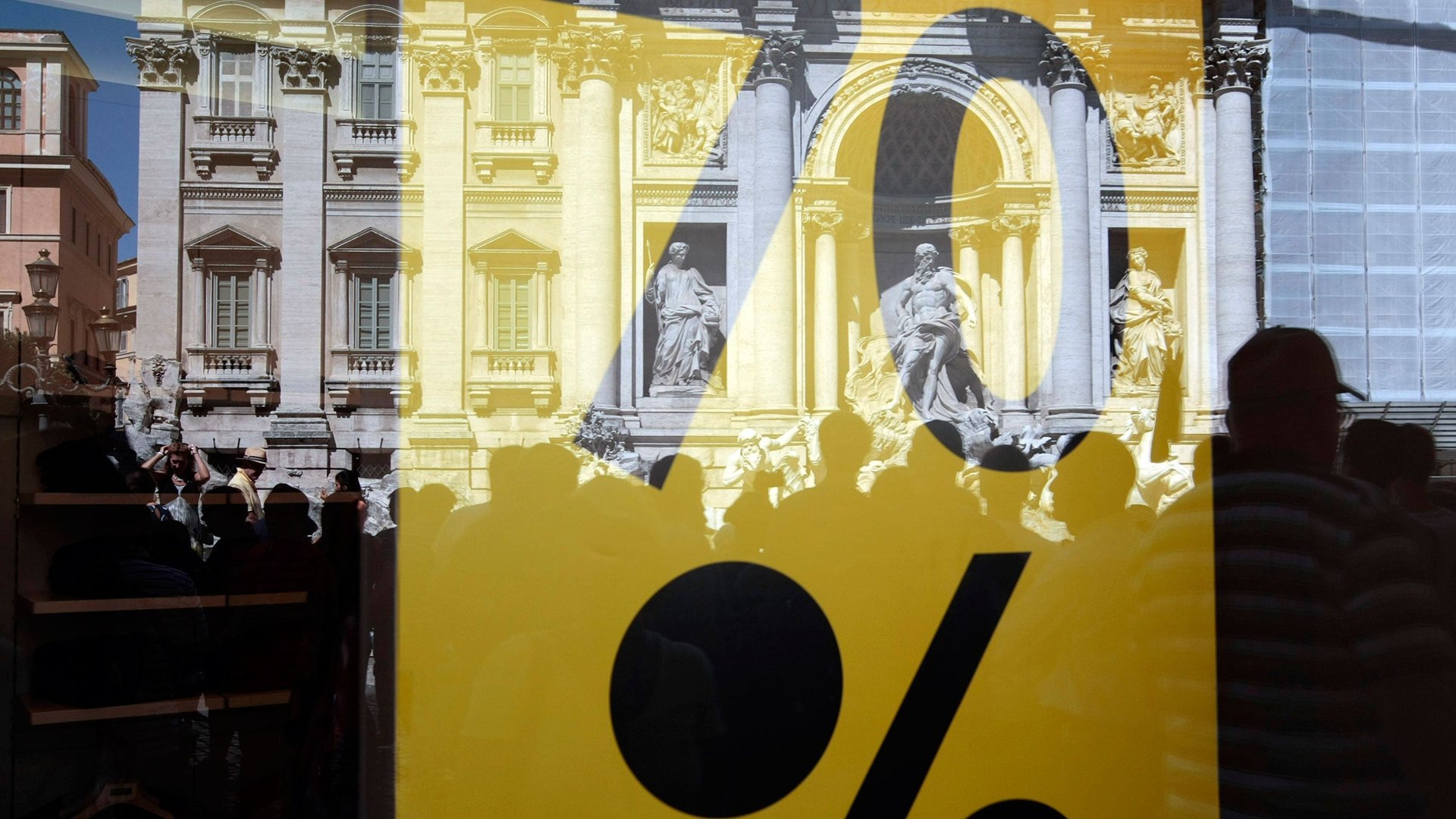
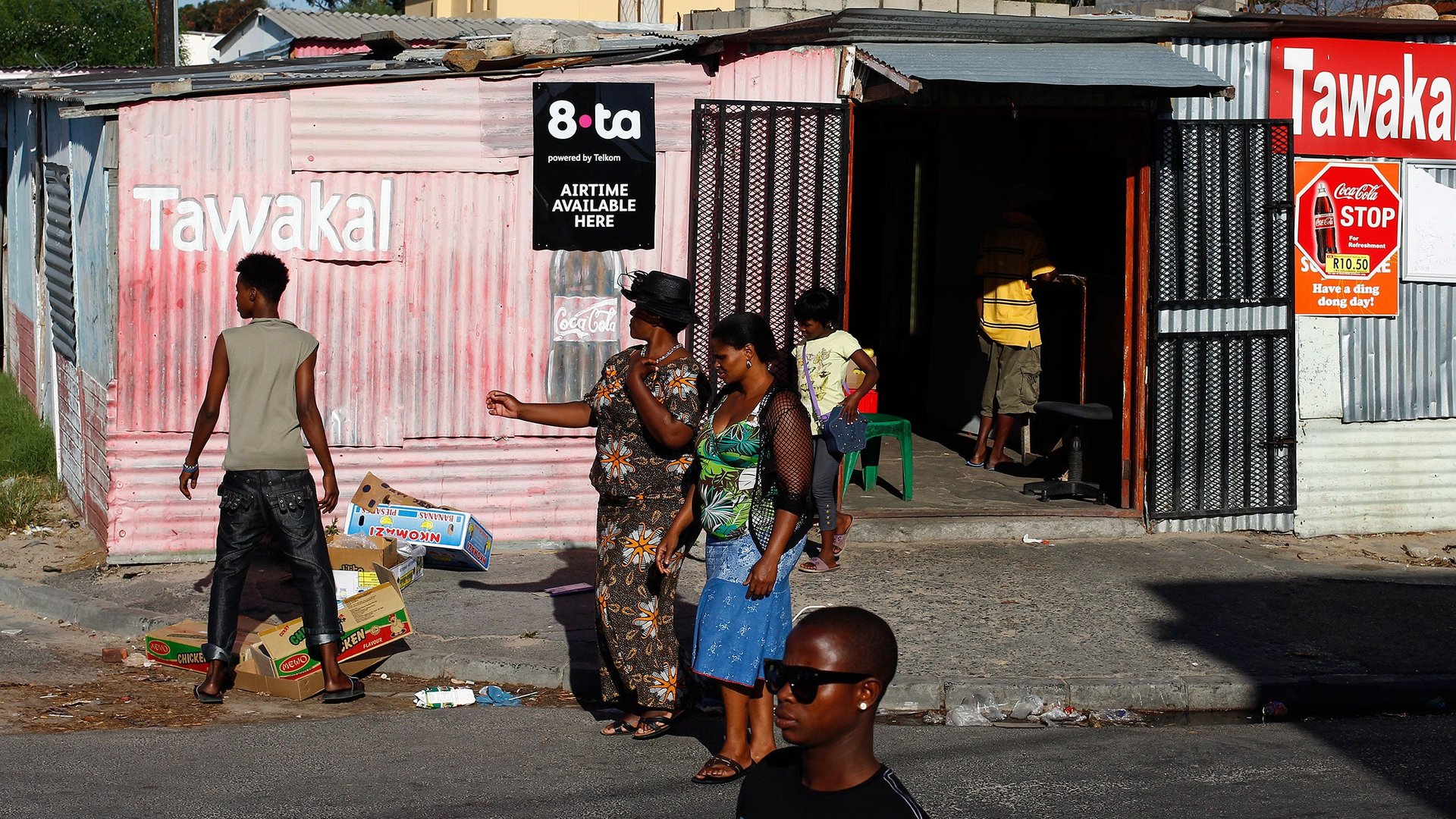
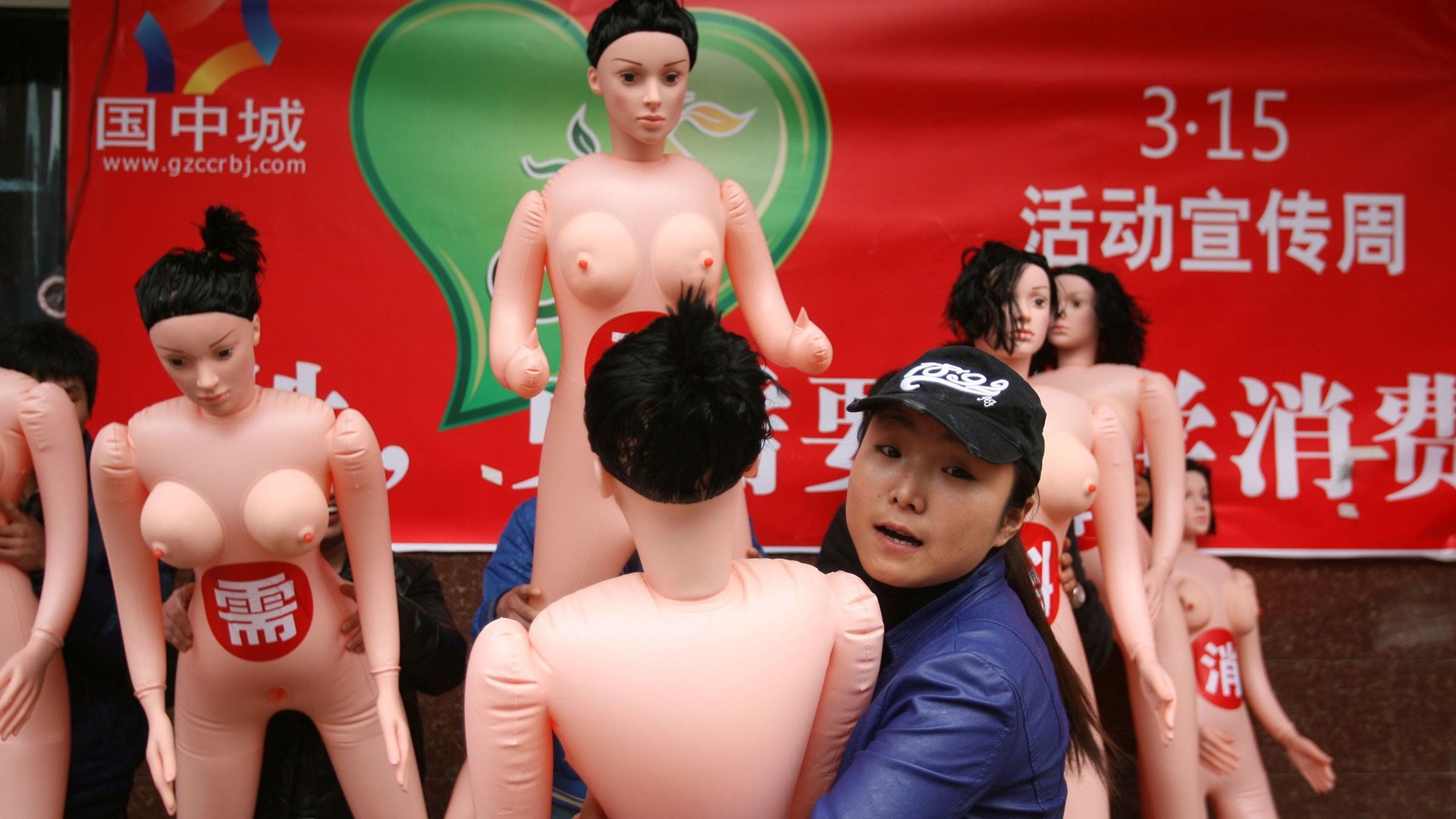
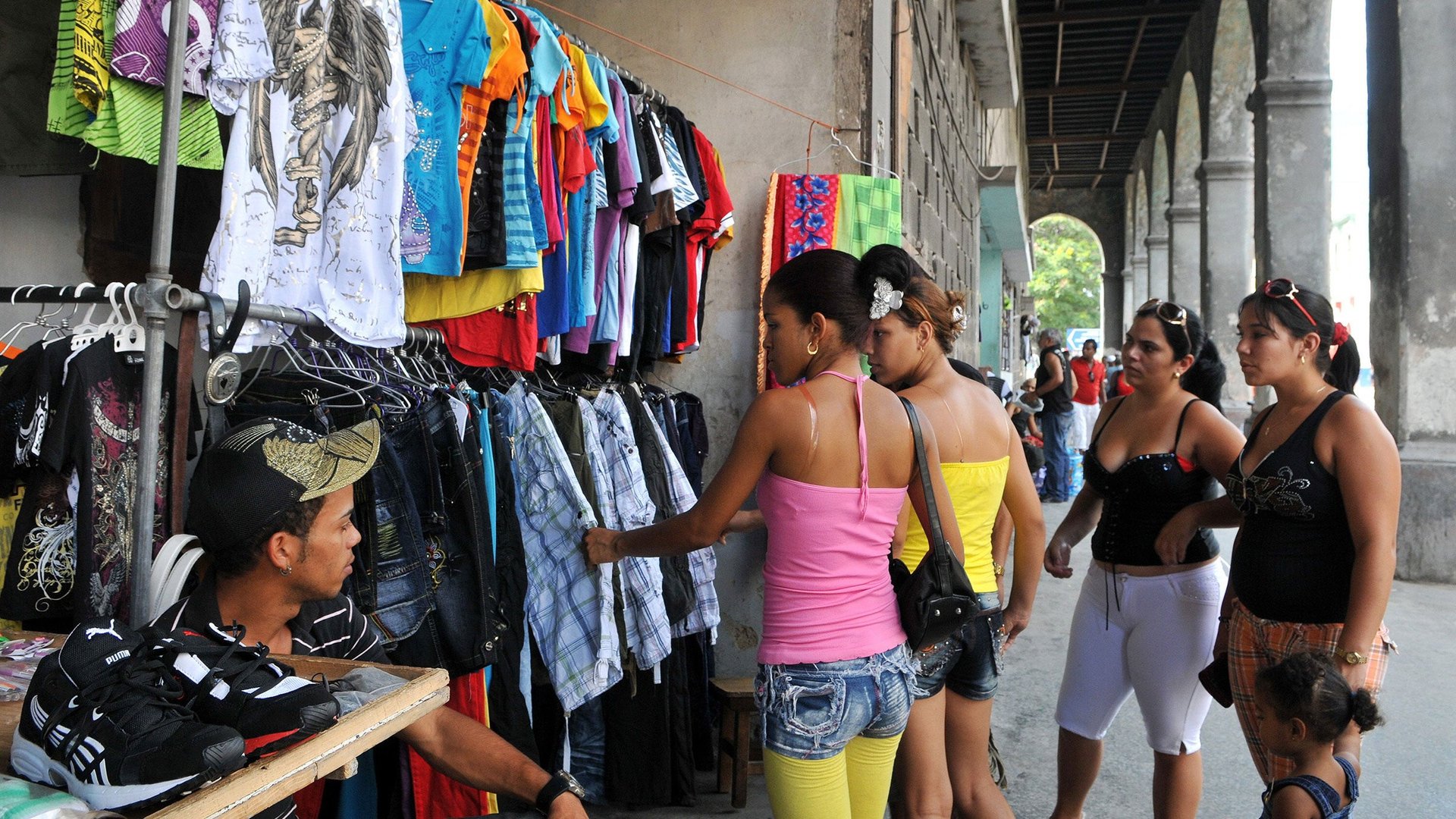
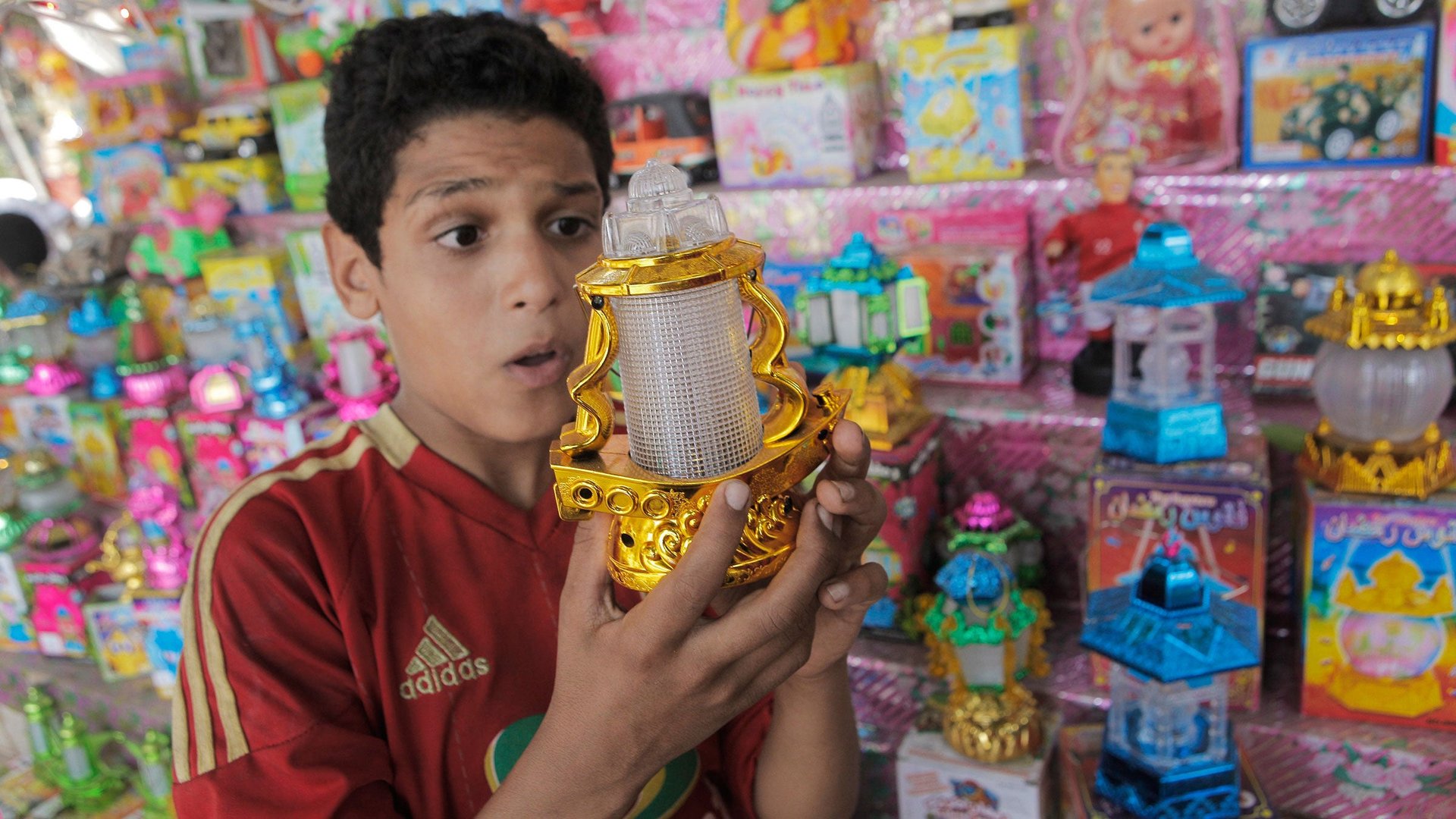

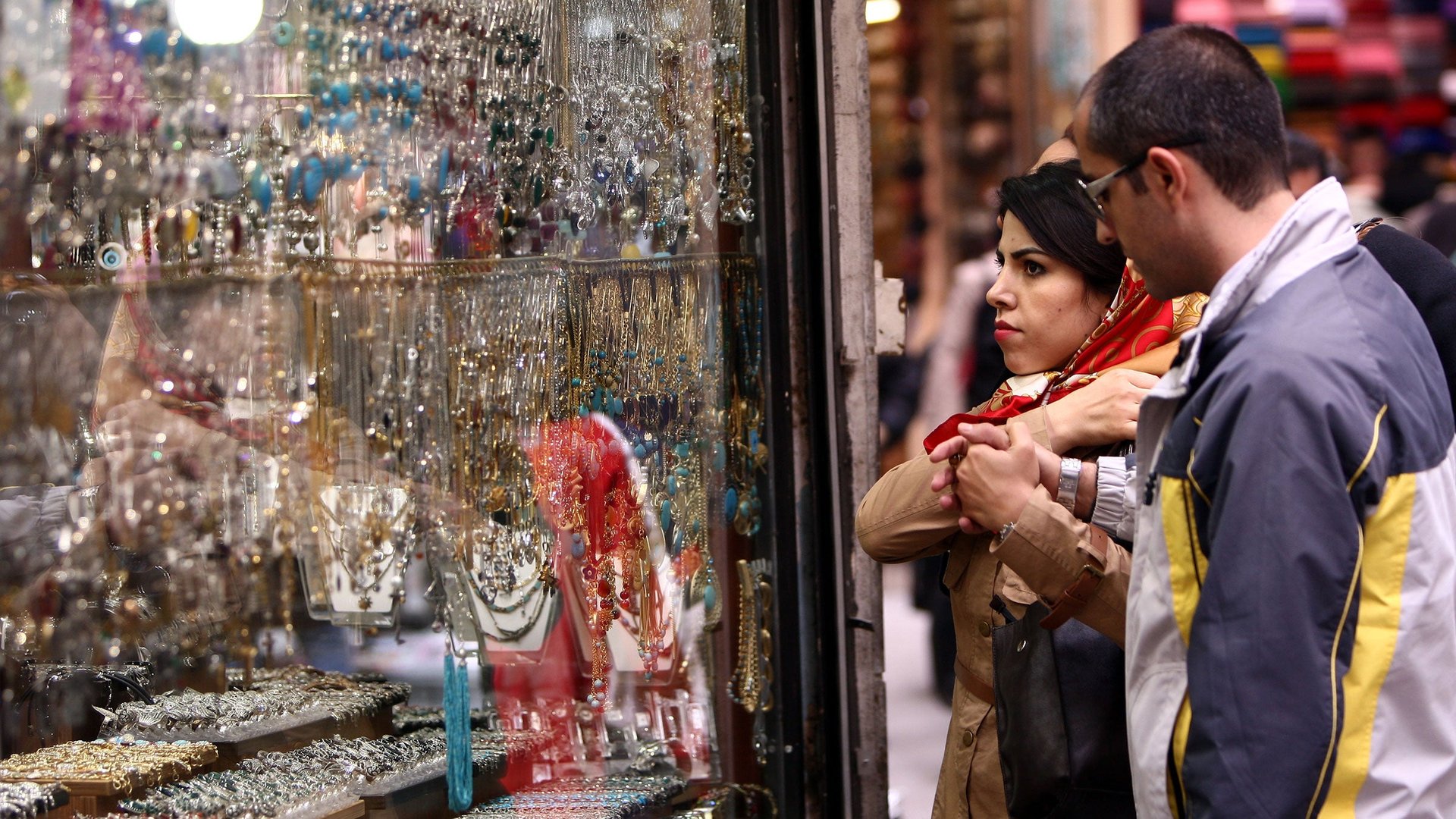
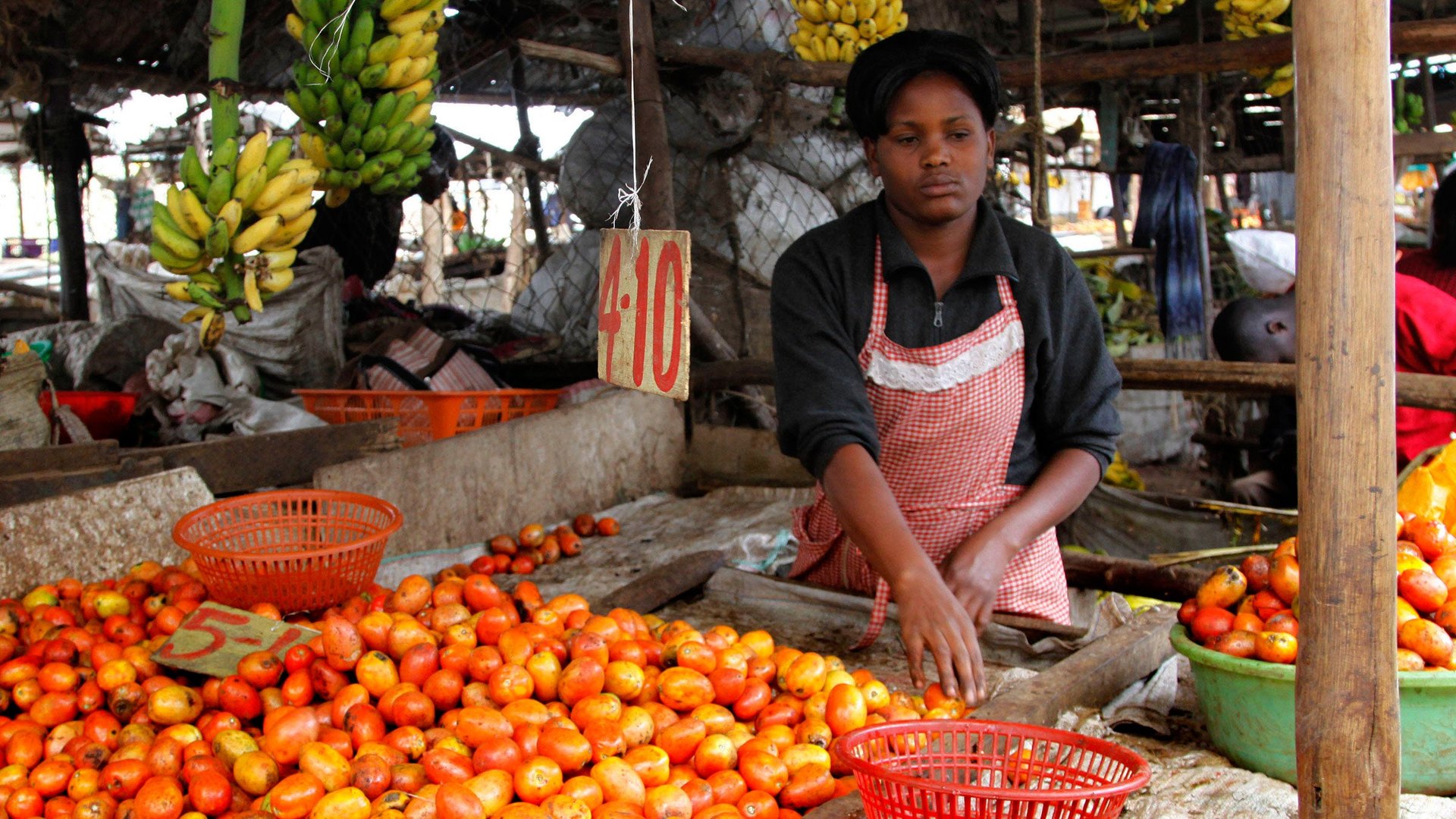
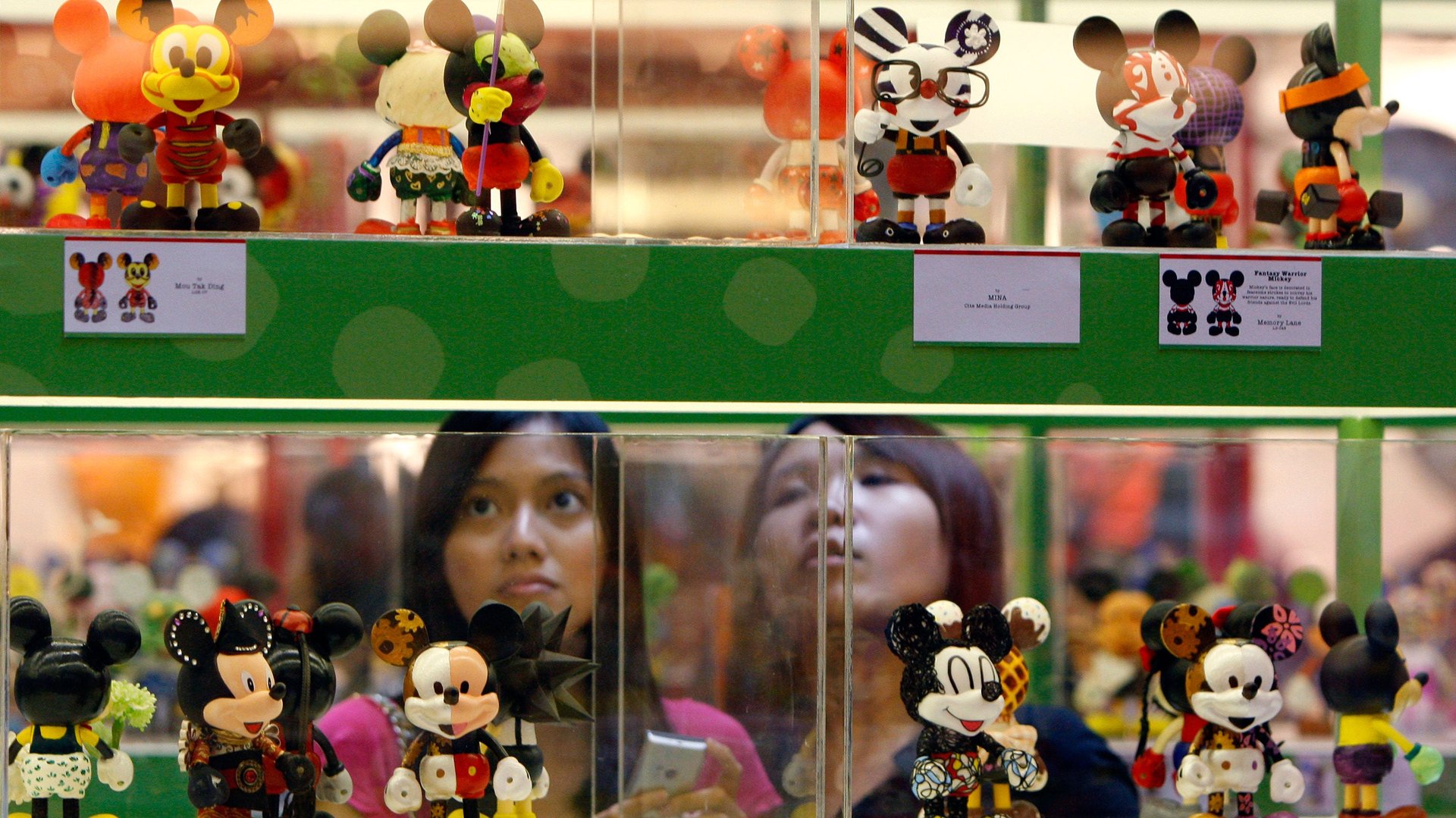



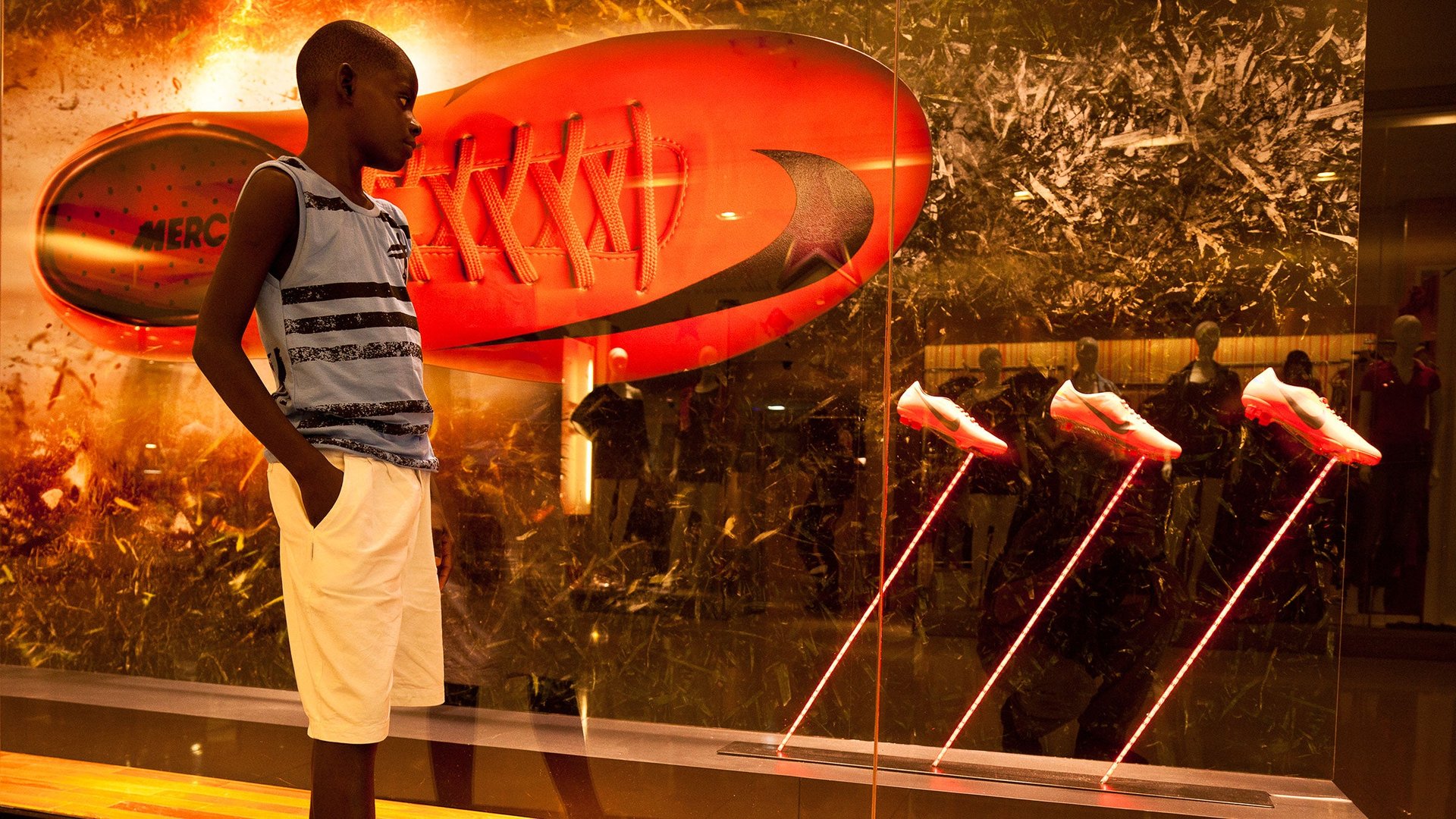
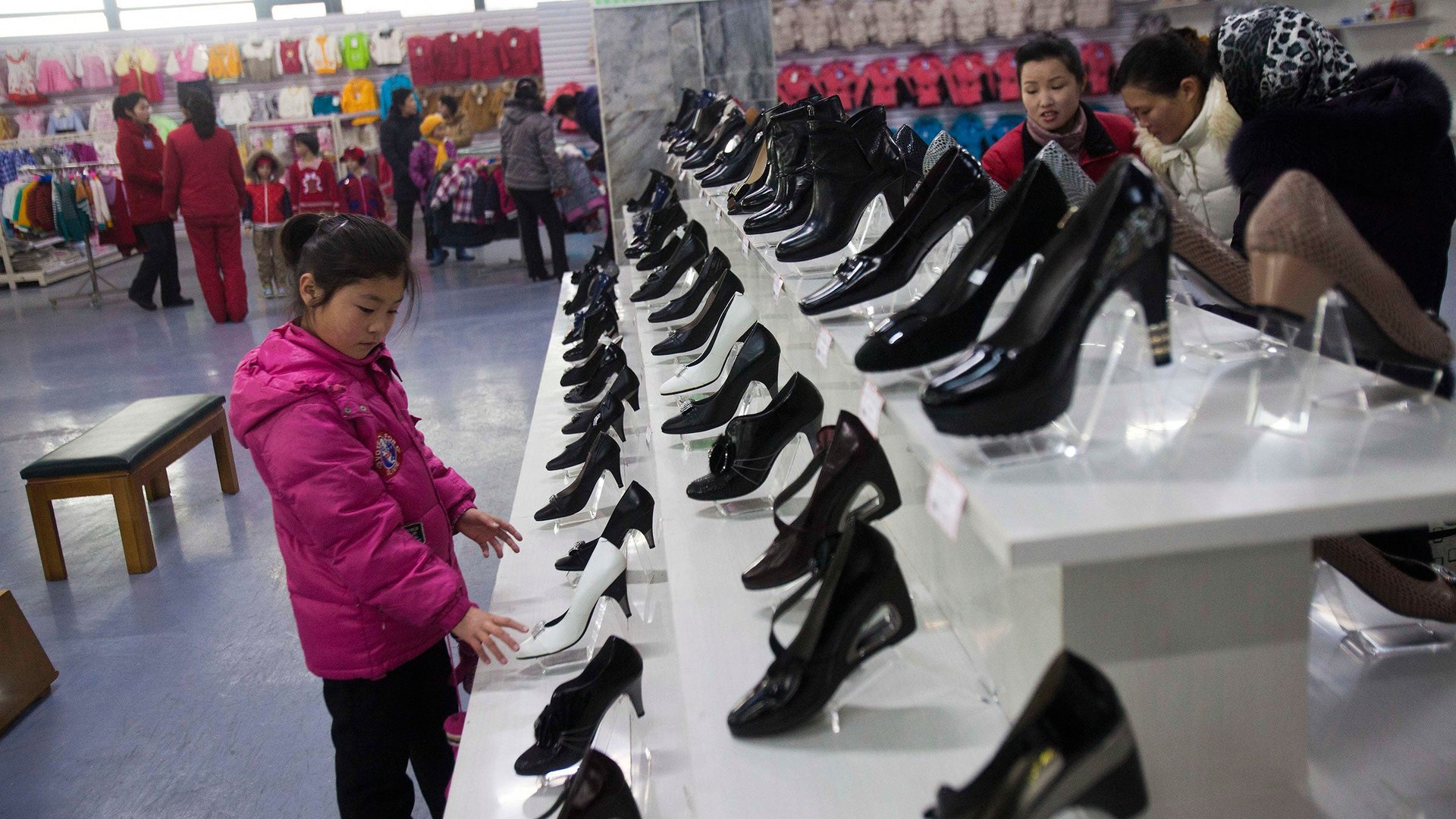
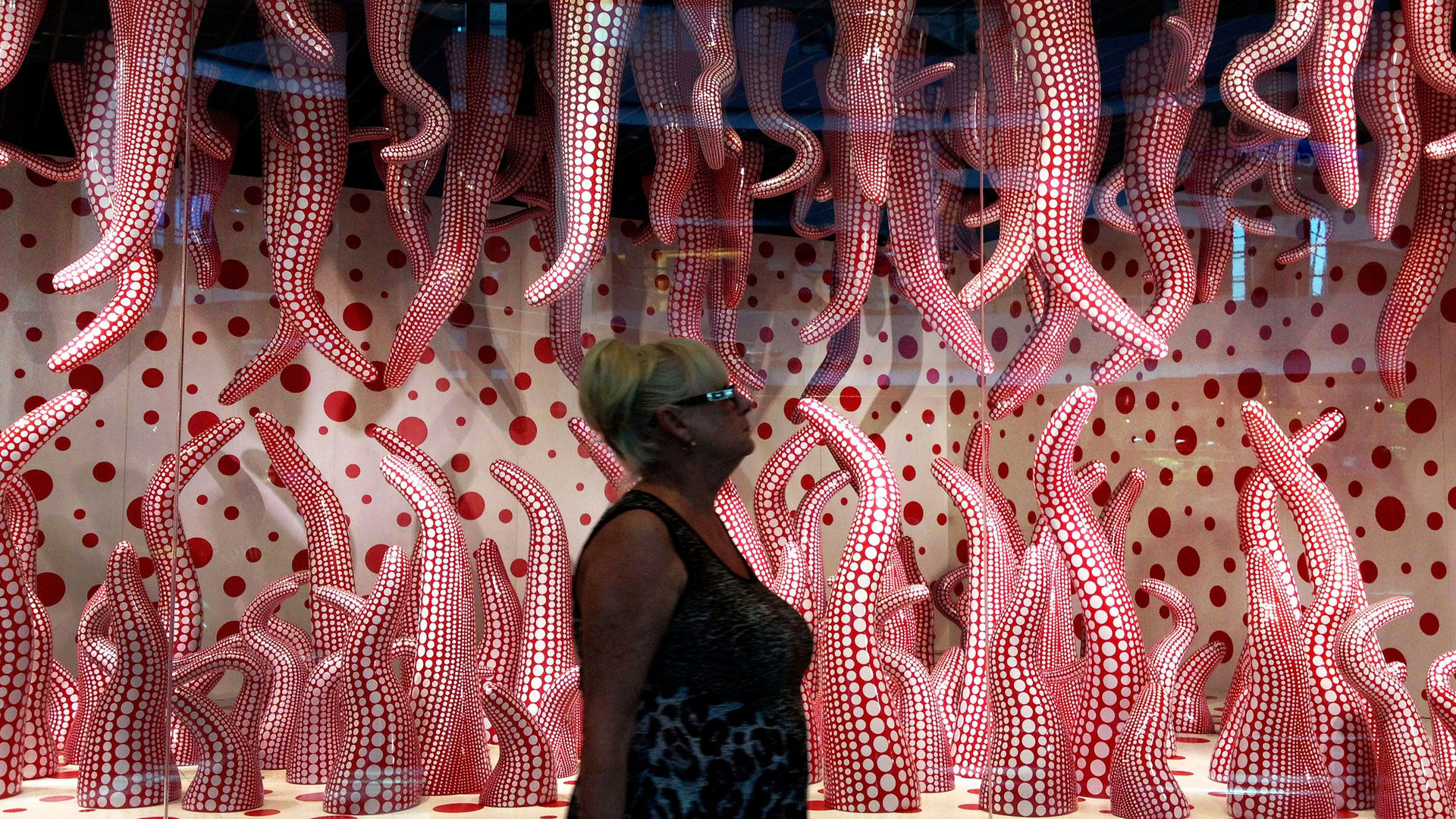
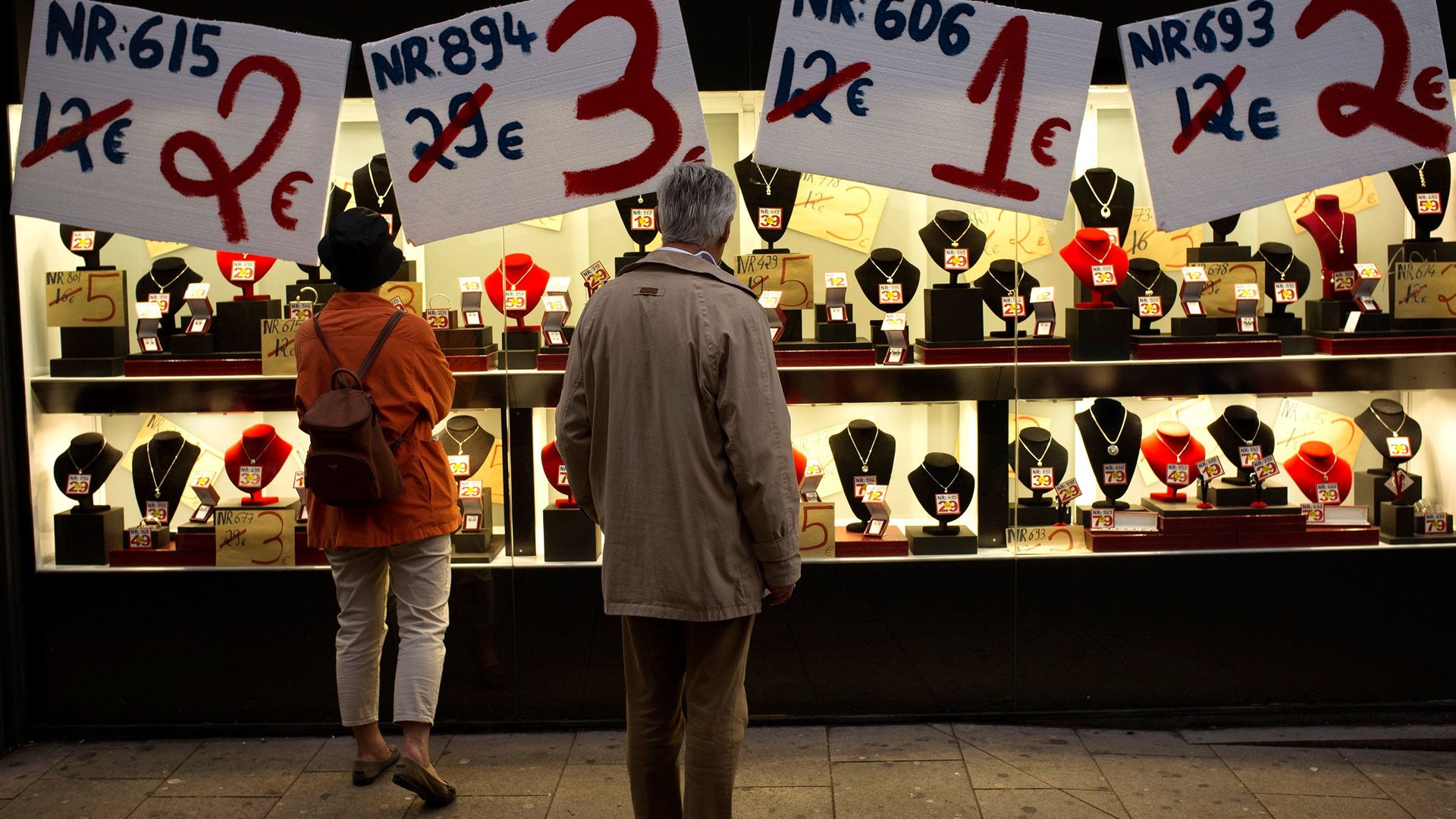
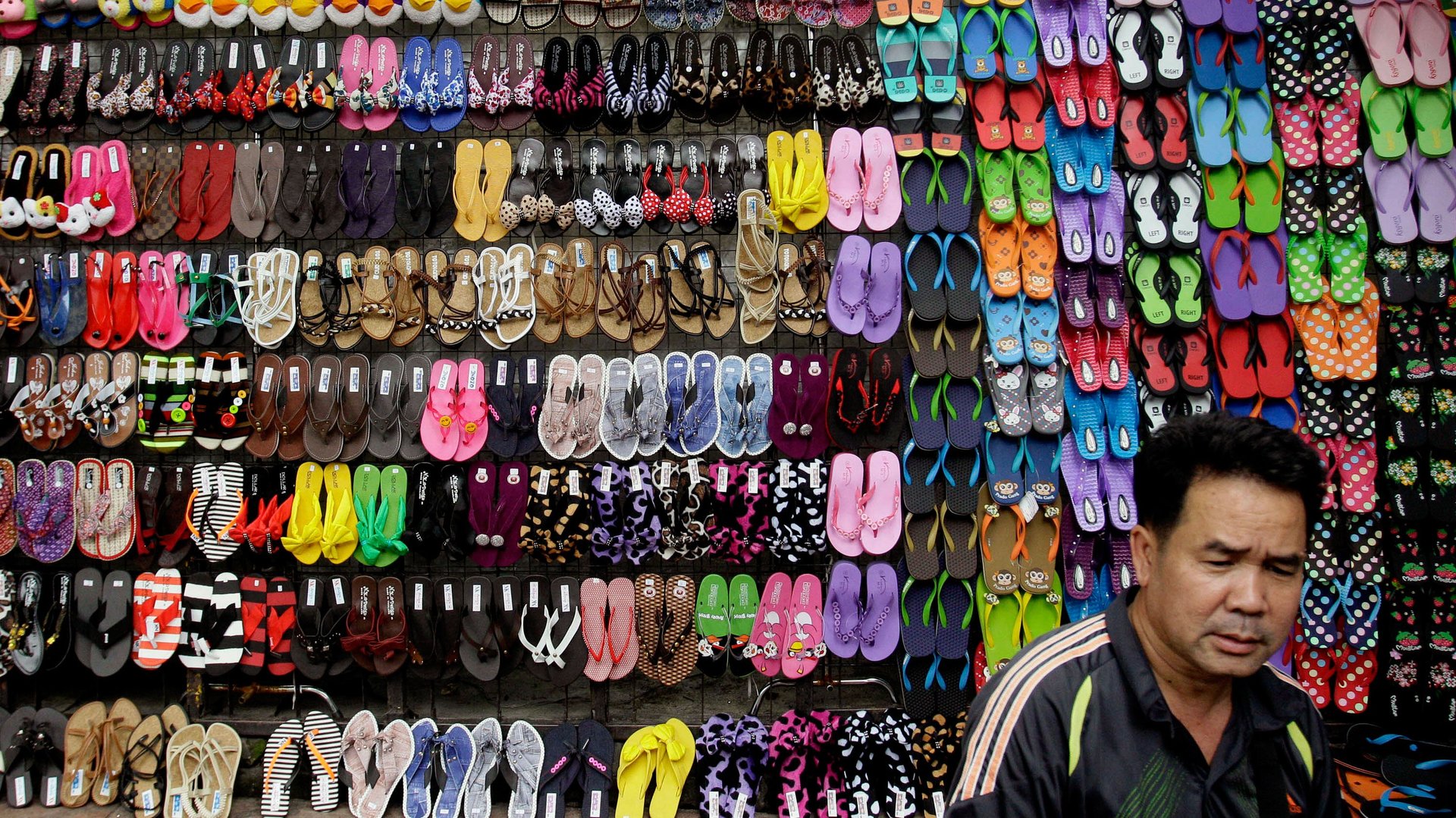
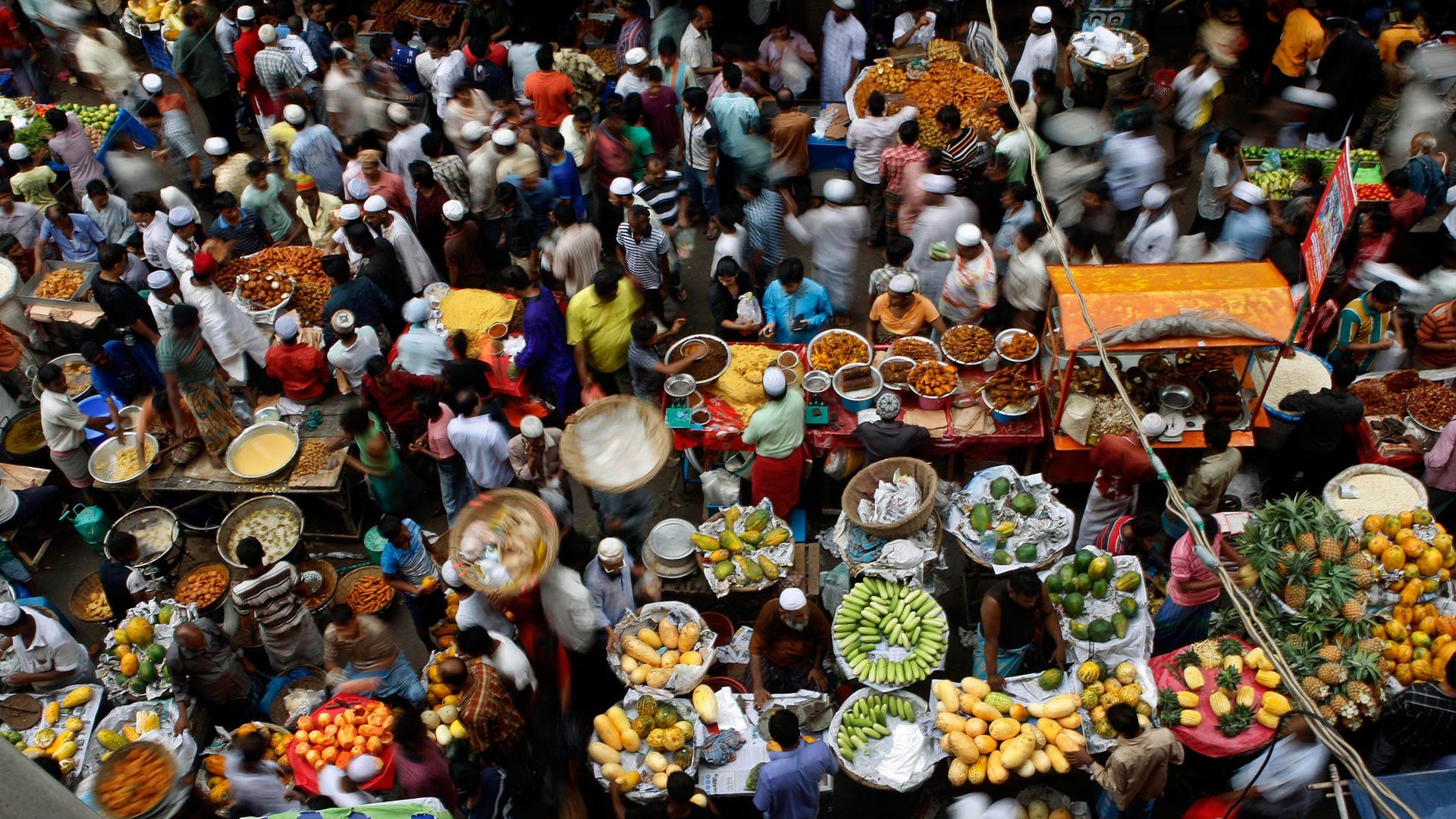
“I shop therefore I am.” In 1987, American artist Barbara Kruger paired the phrase with an image of a woman’s hand and a credit card to question the country’s obsession with consumerism. Today, the concept has gone global—without a hint of Kruger’s irony. In fact, the image adorns shopping bags worldwide.
An economy’s pulse has always beat through its shops and storefronts. Their size and brands, lights and air conditioning, or lack thereof, convey volumes about prosperity and aspiration. Retail provides the answer in boom times and bust. Economies around the world are increasingly affected by each other’s ups and downs. Companies save themselves from collapse by entering emerging markets to hock their wares, perhaps tweak them, and find new relevance.
Even the smallest business can’t escape the connectivity, contending with spikes in price after a natural disaster halfway around the world, not needing a consumer confidence report to sense how deep shoppers’ pockets are. Multinational companies feel the push and pull of the global economy as they set up in a new country with new ideas and customs.
Look at images of people shopping across the world and they initially seem incongruous. Look closer and the connections become clear: In the new global economy , all the Louis Vuitton stores appear nearly identical, whether the shop sits in a country with the highest GDP or in a country that ranks 30th, as Malaysia does. In the new global economy, a Chinese factory produces a Ramadan lamp that ends up in the hands of an Egyptian boy.
Luxury goods to basic necessities, they shop, therefore they are.